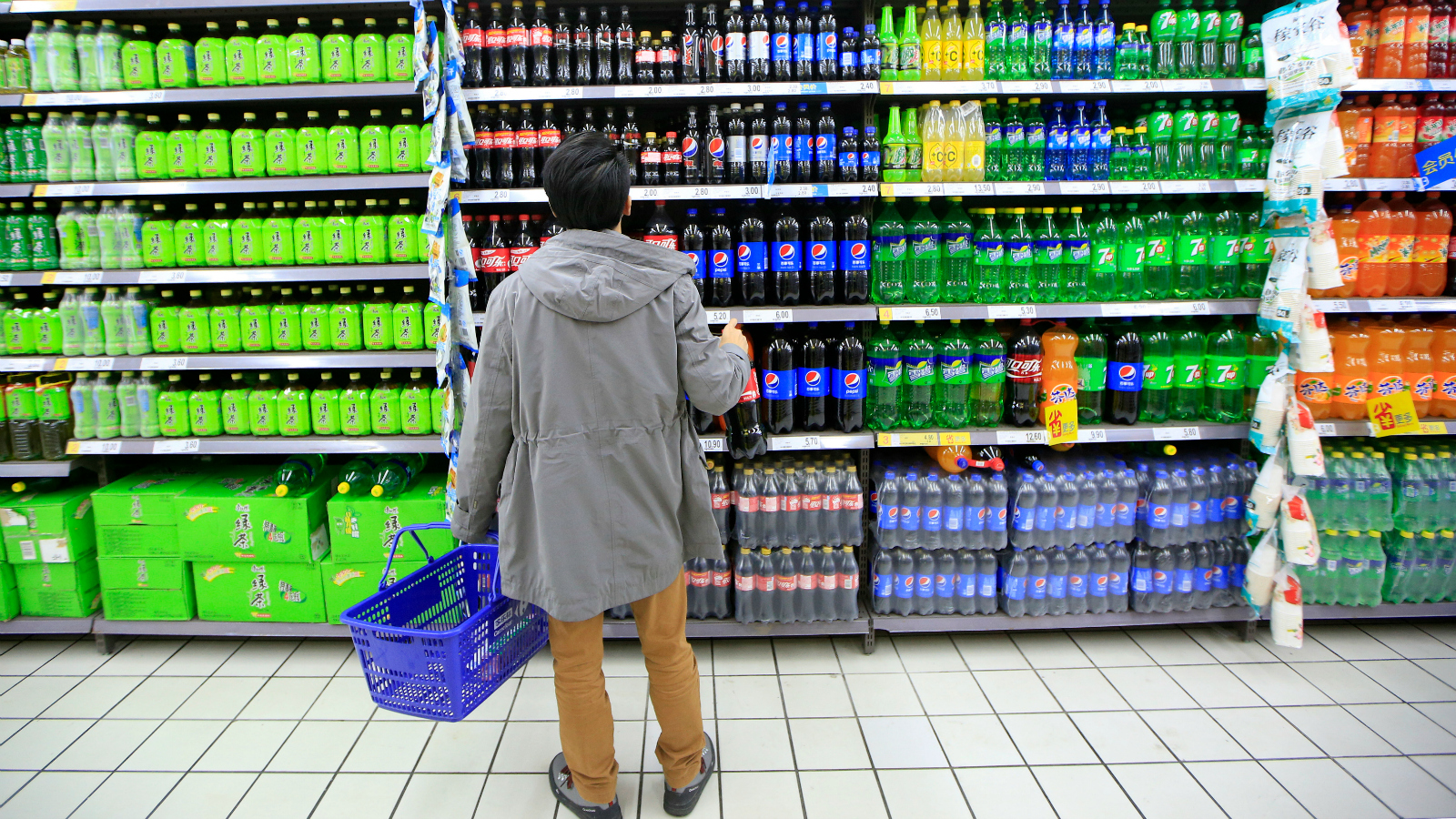Q. Dear Umbra,
My peers and I are working to better our campus. We’re looking into the most sustainable option for drinks on campus. What’s better for our school to buy and sell: glass bottles, plastic bottles, or aluminum cans? Ideally, we would forgo all these options and use fountain dispensers and reusable cups, but financially I guess that is not an option.
Tessa,
Arcata, California
A. Dearest Tessa,
How I love to hear from young people working to better things. Your natural idealism is one thing, but paired with some roll-up-our-sleeves-and-get-to-it-iveness, you are practically unstoppable. It fills me with hope for this new year, which will likely require all the idealistic hard work we can throw at it.
You’ve largely done my job for me here, Tessa: You’re right that the best option for drinks on campus (I mean the ones that don’t come in a keg) would certainly be fountain dispensers and reusable vessels. None of the single-use beverage containers out there, with their raw material consumption and shipping impacts and less-than-optimal recycling rates, can hold a candle to a sturdy bottle you can rinse out and use ad infinitum. So my first suggestion to you: Push back on those financial limits. Is there any wiggle room there, given the clear superiority of this option? Over at Tufts, for example, students get a discount on fountain drinks if they pack their university-issued reusable bottles, and a student at George Mason pioneered a similar reusable scheme for her school’s cafeteria. It can be done!
Beyond that, I’m afraid, your next-best options get a bit murky. (I’m assuming we’re talking about juice, soda, and other non-water drinks, by the way — I’ve gone hardline on the no single-use water thing.) I’ll tell you right now that nobody really agrees on which of your three alternatives — plastic, glass, or aluminum — is truly the best one for the environment. But let’s pop the top and take a look.
First, there’s the much-maligned plastic bottle. On the plus side, these are very lightweight, which makes them more efficient to ship than heavier glass. And, as plastic-bottle cheerleaders are quick to point out, you can reseal them, potentially reducing beverage waste. But — and there are a lot of “buts” with plastic — they’re still produced from petroleum. And while PET bottles are widely recyclable, their thin plastic degrades quickly, and thus gets downcycled into fibers rather than more bottles. Even though you can recycle them, few people do: Only 31 percent end up finding new life, leaving 69 percent to sit around in landfills. So you can diligently recycle your own bottles, but these numbers suggest the better option would be reducing the overall demand instead.
Addendum to the plastic discussion: There’s also Coca-Cola’s tweak on regular PET bottles, the “PlantBottle” made from up to 30 percent sugarcane (with a 100-percent sugarcane version potentially around the corner). This is a step up from petro-plastic, and still widely recyclable, yet faces the same woes that plague the regular plastic recycling market.
Then there’s glass. Glass can be infinitely recycled without losing quality, a definite plus. But glass is the heaviest of the trio we’re investigating, so shipping it demands more fuel. And producing virgin glass is an energy-intensive endeavor. The more recycled content that gets incorporated into new bottles, the better, as that dramatically slashes the energy needed to produce ‘em; currently, though, the average glass container has 33 percent recycled material. And speaking of recycling: It’s not always as simple as tossing your bottle in the bin. Glass tends to contaminate single-stream recycling programs, and its weight means recycling can sometimes be so inefficient and expensive that companies don’t bother. If you’re sure your town is able to effectively handle glass, that’s one thing. If it can’t, that’s a big strike against.
And finally, aluminum. If we’re talking virgin cans, things look dull for this shiny metal: Making it requires polluting bauxite mining and is twice as energy-intensive as manufacturing glass. But it’s also infinitely recyclable, and doing so even more significantly lowers a can’s carbon footprint. What’s more, aluminum is very valuable to recyclers (who also sell it to the auto industry), helping make it one of our more popular recycled items (67 percent recovery rate, baby). That, in turn, helps push the average aluminum can to about 68 percent recycled content. Oh, and it’s also nice and light, and squat little cans are more efficient to ship than narrow-necked bottles.
All this suggests that aluminum cans have the edge, and I think that’s fair — if you can get the cans with the highest possible recycled content. (One company produces a can made from 90 percent recycled aluminum, though it’s not widely available yet.) If not, the eco-impact rises sharply the more virgin metal that’s involved. And figuring out exactly how a given beverage company’s cans are made will require some serious digging.
It’s all rather complicated, eh, Tessa? That’s why I like to simplify: The best single-use container is no container at all. I love your refillable fountain drink idea, and perhaps armed with data, you might be able to swing the people who hold the college purse strings around to your way of thinking. Good luck on your way to a better, greener campus!
Thirstily,
Umbra




